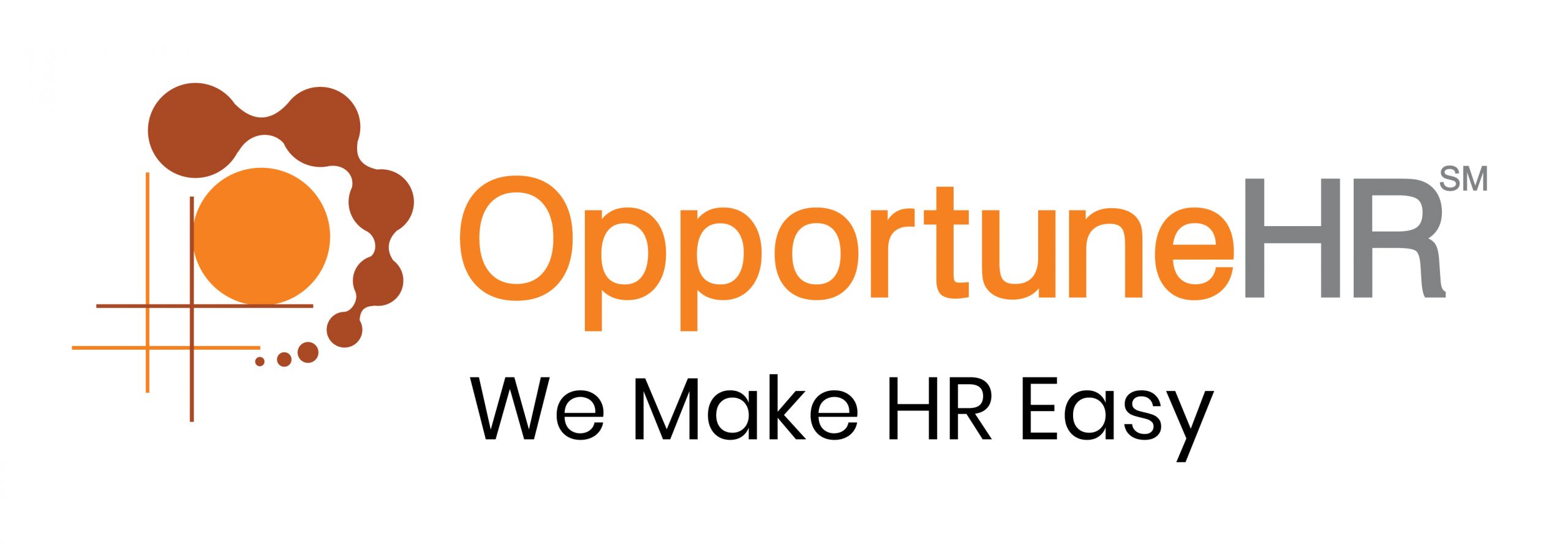

Attendance
Attendance Management
Attendance, in HR terms, refers to the tracking and management of employee working hours and attendance data. It comprises recording, monitoring, and managing employee time-related information.
In a business scenario, attendance is much more than just the presence of an employee at work. It has an impact on shift scheduling. As well as workforce remuneration. Adherence to company policies about work hours decides the full-day, half-day and other time units.
Attendance also involves statutory compliance. Like, how many days, and hours per day an employee can work. There are also separate rules for special category employees like women and physically challenged employees.
Late Come
Late coming is when an employee arrives after the designated start time for work.
This can disrupt productivity and cause problems for the organisation, especially if it becomes a frequent occurrence.
Many organisations have policies in place to discourage late coming, which may include disciplinary action or other consequences.
Strategies to reduce late coming may include flexible work schedules, setting clear expectations and consequences, and providing incentives for punctuality.
Early Go
Early Go refers to an employee leaving work earlier than their scheduled departure time.
This may be due to reasons such as personal appointments, family emergencies, or other unforeseen circumstances.
However, it is important for employees to communicate with their supervisors or HR department and follow appropriate procedures for requesting early leave.
Employers must have policies in place regarding early leave.
Half Day
Half-day typically refers to a work schedule where an employee works for only half of the day, either in the morning or in the afternoon.
Half-day schedules can be a flexible working arrangement that employers may offer as a benefit to their employees, especially during busy periods or as a way to manage work-life balance.
In some cases, employees may request a half-day off for personal reasons, which is subject to approval by their supervisors or HR department. Employers may have policies and guidelines regarding half-day schedules and time-off requests that employees need to follow.
Short Hours
Short hours typically refer to a work schedule where an employee works fewer hours than the standard or normal working hours for their job or industry.
For instance, a part-time employee may have a short-hour schedule compared to full-time employees in the same organisation. Short-hour schedules can be beneficial for employers and employees alike, as they allow for more flexibility in managing workload and work-life balance.
However, short-hour schedules may also come with certain limitations, such as reduced benefits and limited opportunities for advancement within the organisation. Employers typically have policies and guidelines regarding the use of short-hour schedules that employees need to follow.
Attendance Regularisation
Attendance regularization is the process of correcting discrepancies or errors in employee attendance records to ensure accurate and complete data.
This may involve reconciling attendance records with leave applications, approving overtime or compensatory time off, or addressing unexplained absences or late arrivals.
Attendance regularization helps to maintain consistency and fairness in managing employee attendance, which can have an impact on payroll processing, productivity, and compliance with labor laws.
Regularization may require approval from supervisors or HR department depending on the specific circumstances.
Shift Scheduling
Shift scheduling is the process of creating a work schedule that assigns employees to different shifts or working hours based on business needs, employee availability, and workload requirements.
It involves determining the number of employees needed for each shift, assigning tasks and responsibilities, and ensuring adequate coverage for all time periods.
Shift schedules can vary depending on the industry, organisation size, and type of work being performed. Some common shift arrangements include fixed shifts (where an employee works the same schedule every week), rotating shifts (where an employee’s schedule changes regularly), or split shifts (where an employee works two shorter shifts in one day).
Effective shift scheduling can help balance workload demands while ensuring fair treatment of employees and compliance with labor laws.
Extra Working
Extra working typically refers to additional work performed by an employee beyond their normal working hours or outside of their usual schedule.
This may be due to overtime work, on-call duties, or emergency response assignments. Employers may offer extra working opportunities as a way to manage workload demands or provide additional compensation for employees who are willing to work outside of their standard hours.
Extra working is usually subject to approval and must comply with labor laws and company policies regarding overtime pay, rest periods, and other related matters.
Employers may use various ways to compensate employees for extra work, such as paid time off, bonuses, or additional pay rates.
Overtime
Overtime is a term used to describe the additional hours worked by an employee beyond their regular working hours.
This can occur when an employee works more than the standard time period required for their job. Overtime work may be voluntary or mandatory and is usually compensated at a higher pay rate than regular working hours, as per labor laws and company policies.
Employers are required to comply with legal requirements regarding maximum weekly working hours, rest breaks between shifts, and other related matters.
Geo Tagging
Geotagging is the process of adding geographical location data, such as latitude and longitude coordinates, to various forms of media, including photos, videos, and text messages.
GPS-enabled devices such as smartphones and cameras can automatically add geotags to the media they capture, providing valuable information about the location where the media was created.
Geotagging can be useful for a variety of purposes, such as tracking employee or customer locations.
Geo Fencing
Geofencing is a location-based technology that involves creating virtual boundaries or perimeters around a physical location using GPS, Wi-Fi, or cellular data.
When a mobile device enters or exits these predefined geographical boundaries, it triggers an action or notification on the device or a connected system (such as sending a push notification to the user).
Geofencing can be used for many purposes, such as monitoring employee locations and movements. It is often used for attendance capturing of employees on the field.
Muster Roll
Muster refers to the process of taking attendance or verifying the presence and identity of employees.
Muster typically involves checking off a list of individuals to ensure that everyone present has been accounted for. Automated muster systems can also be used to simplify and speed up the process by using identification technologies such as smart cards, biometrics, or radio-frequency identification (RFID).
Biometric
Biometric refers to the use of unique physical or behavioral characteristics of an individual, such as fingerprints, facial features, iris patterns, or voiceprints, for identification or authentication purposes.
In HR context it is used for capturing attendance: In time, out time of an employee.
Biometric systems can also be used for a variety of purposes, such as granting access to restricted areas (e.g., workplaces), verifying identities for financial transactions.
24 Hour Setting
Absence
Absence refers to the situation where an employee is not present at work during their scheduled working hours or shifts, due to various reasons such as illness, vacation, personal reasons, or other unforeseen circumstances.
Absence can have an impact on productivity, workload distribution, and staffing levels within an organisation. Employers typically have policies and guidelines regarding attendance and absence that employees need to follow.
This may include procedures for reporting absences, obtaining approval for time-off requests, providing medical documentation if required for sick leave or disability-related absences, and addressing ongoing absenteeism issues through counseling or disciplinary action.
Effective management of absence can help minimize disruptions to business operations while ensuring fair treatment of employees.
Auto Shift
Auto shift refers to a feature in automated shift scheduling systems that automatically assigns employees to different shifts or working hours based on predefined rules and parameters.
Auto shift scheduling can help automate the process of creating schedules, saving time and reducing errors compared to manual scheduling.
Lock Attendance
Lock attendance is a feature in attendance management systems that allows employers to lock attendance records for a specified period, such as the end of a pay period or month.
When attendance records are locked, it prevents any further changes or edits from being made to the attendance data for that time period.
This helps ensure accuracy and accountability of employee attendance data and reduces the potential for errors or fraud.
Locking attendance records may also be required by labor laws or company policies to establish accurate work hours and provide fair compensation to employees.
Attendance Cutoff
Attendance cutoff refers to the point in time when attendance data is captured or recorded for a specific period, such as a day, week, or pay period.
Attendance cutoff times may vary depending on the organisation’s policies and practices.
For example, some organisations may have a daily attendance cutoff time of 9:00 AM, which means that any employee arriving after this time will be marked as late.
Accurate and consistent attendance cutoff times are important for ensuring fairness and compliance with labor laws, as well as providing timely and accurate data for payroll processing and reporting.
Offline Attendance
Offline attendance refers to the process of capturing or recording employee attendance data using a system that does not require an internet connection.
This can include manual methods such as paper-based sign-in sheets or punch cards, as well as digital systems that can operate offline, such as mobile app, biometric devices that store data on local servers.
Offline attendance systems can be useful in situations where internet connectivity is unreliable or unavailable, such as in remote locations or during power outages.



